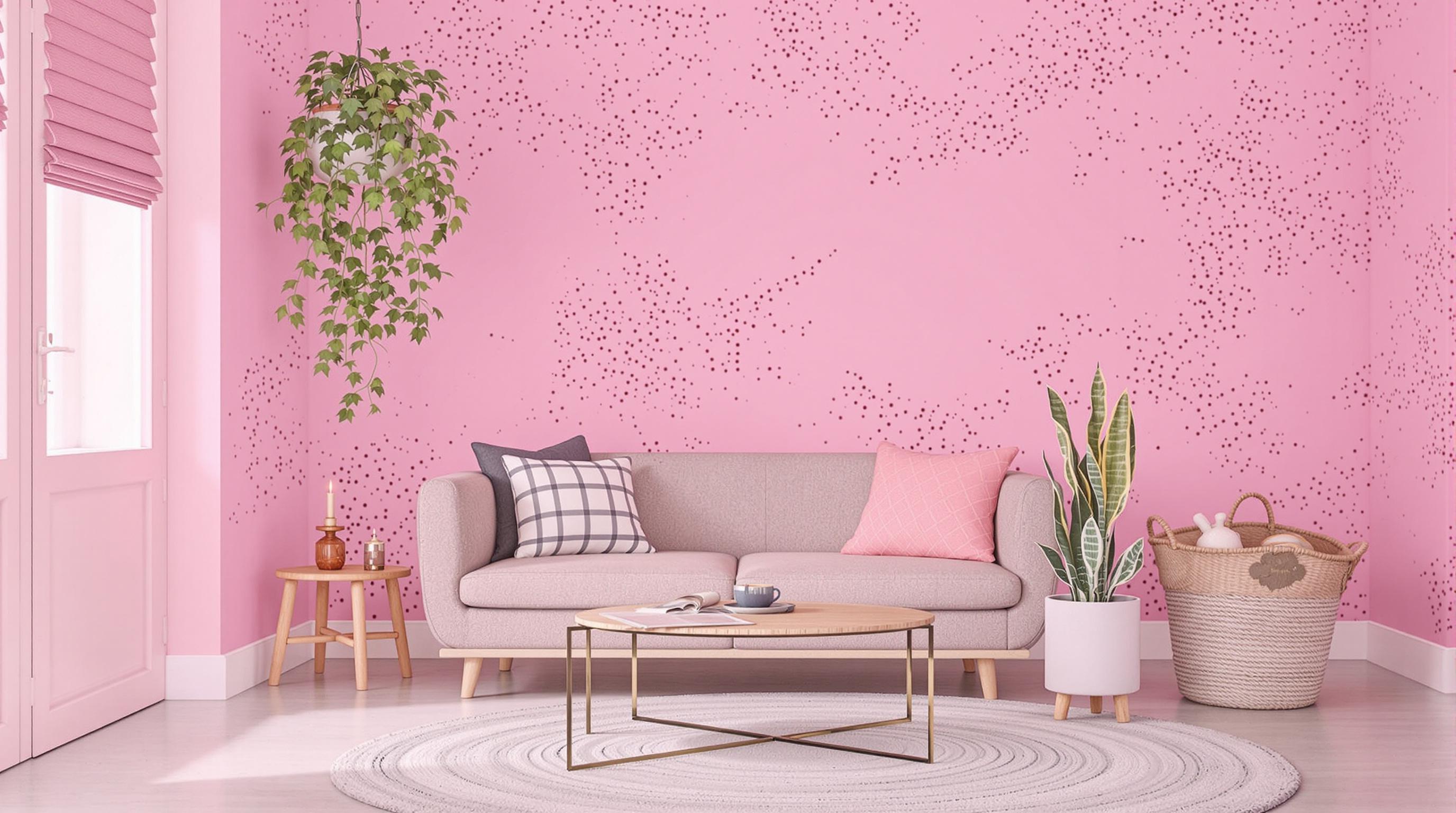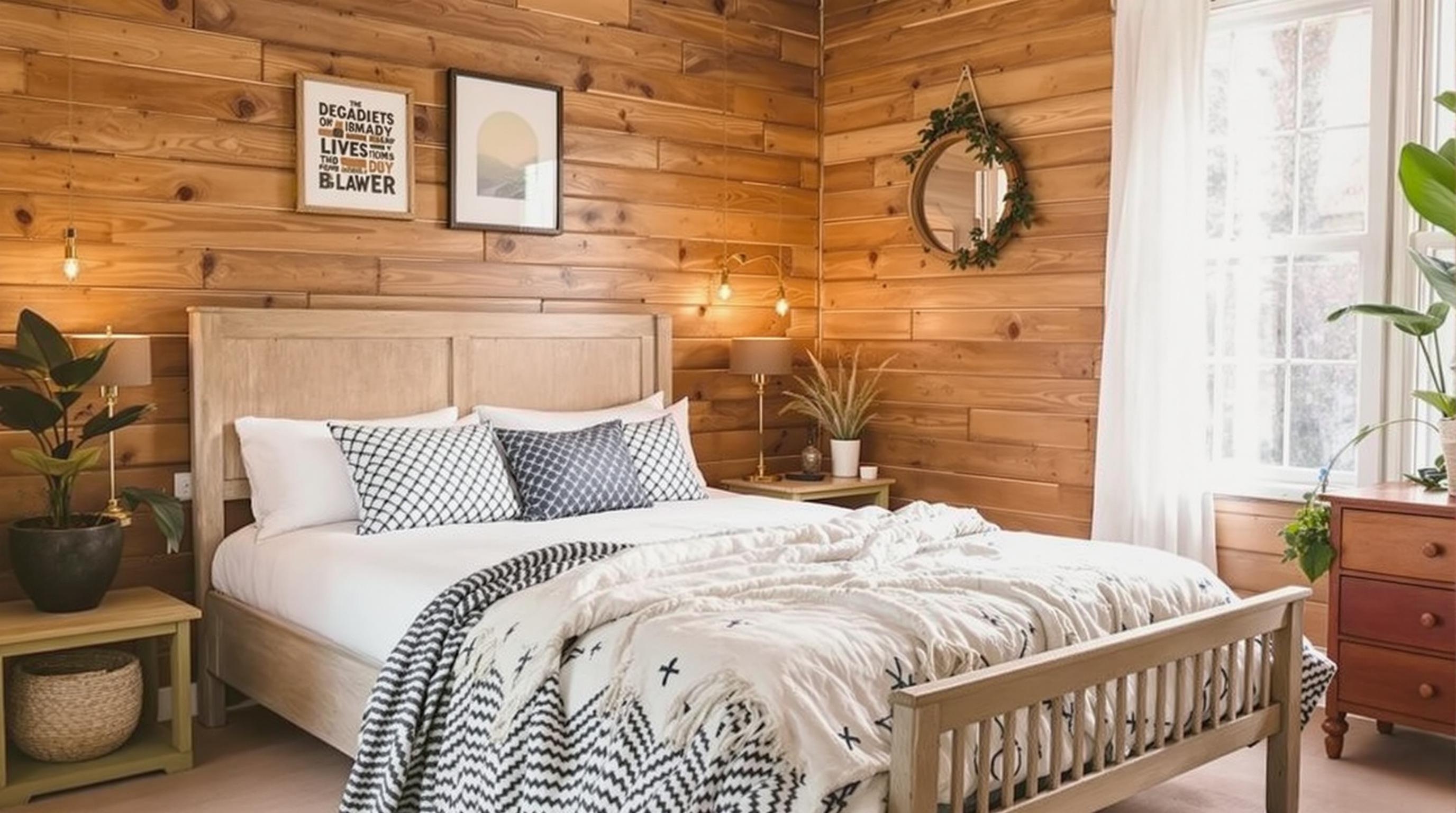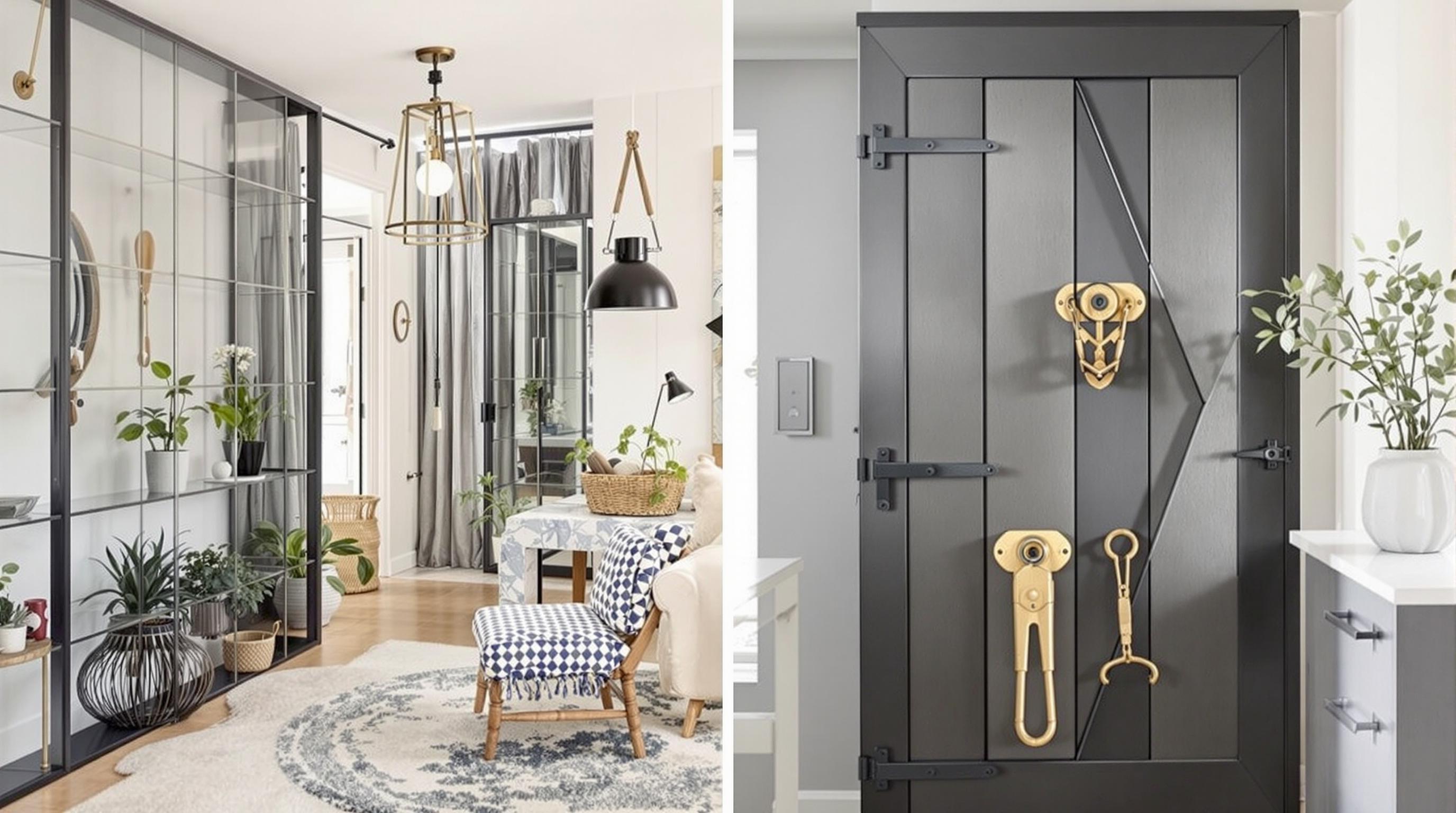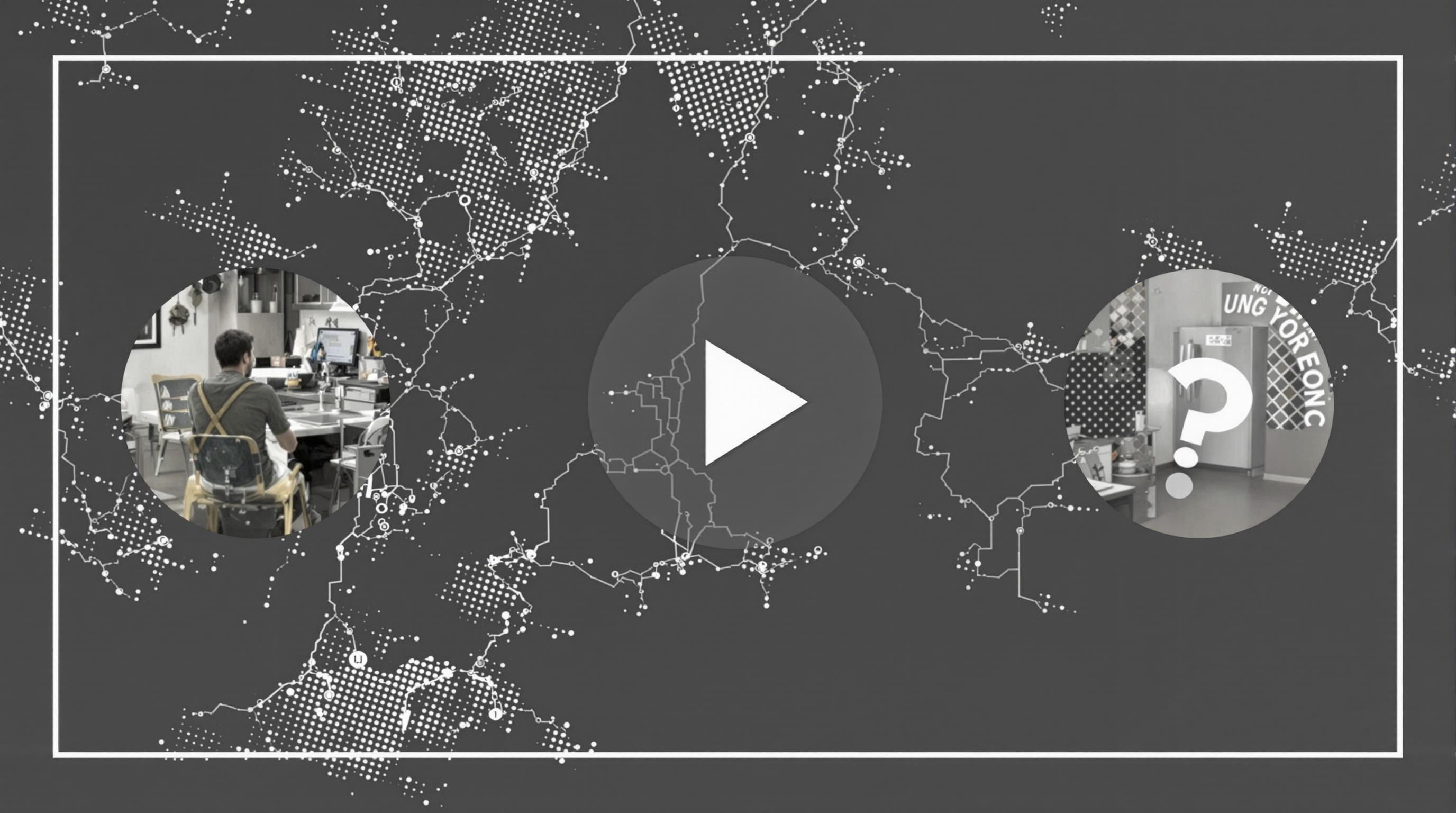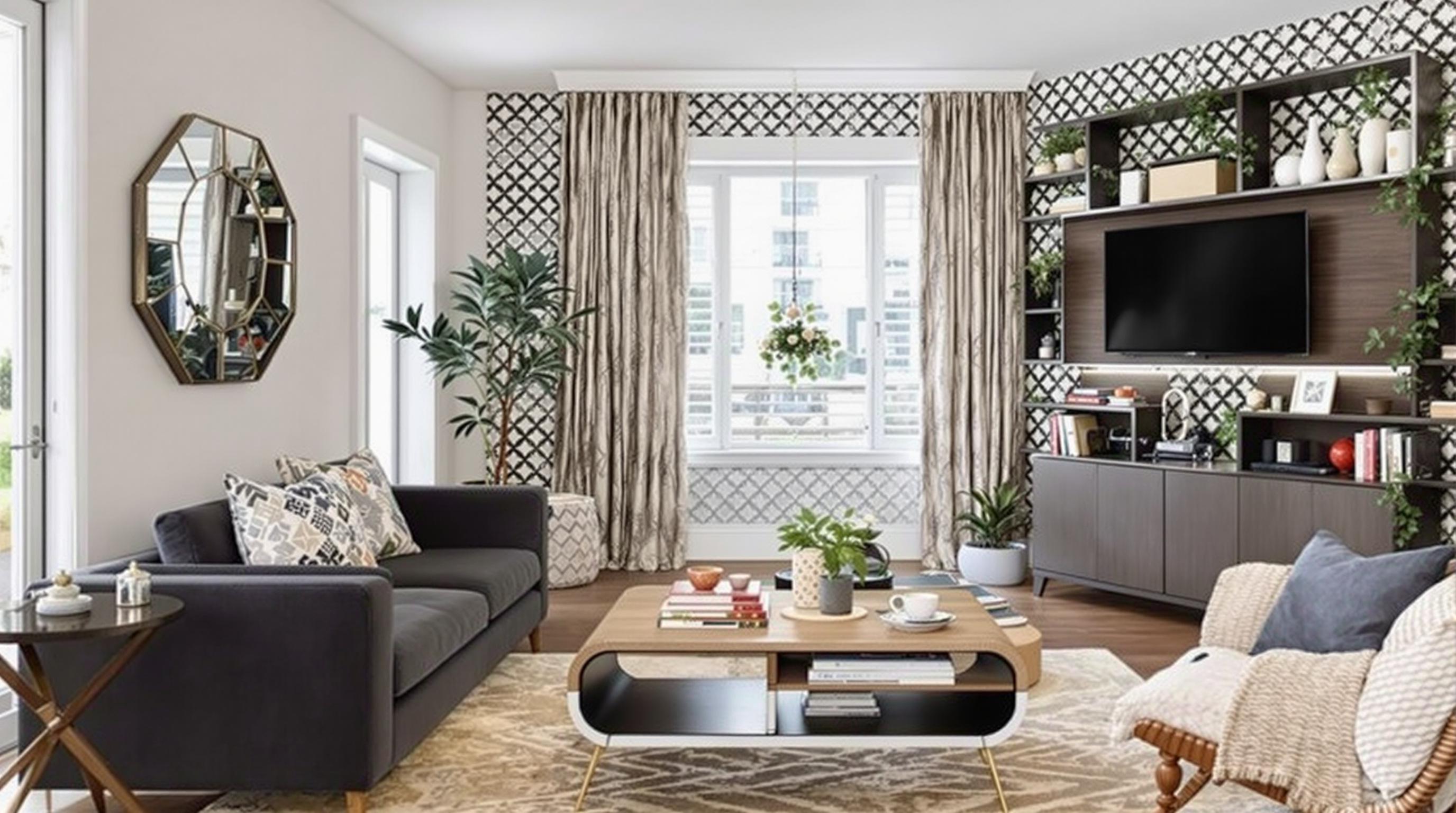Related Articles
- The Hidden Influence of Ergonomics: How Tool Design Shapes Our Physical Spaces and Daily Lives
- The Silent Influence: How Hidden Home Implements Shape Our Daily Routines and Spaces
- The Counterintuitive Role of Chaos: How Messy Tool Storage Can Lead to Unexpected Home Innovations
- Exploring the Unseen: How Audio Experiences Shape the Art of Domestic Spaces and Color Perception
- Rethinking the Mundane: How Everyday Objects are Becoming the Canvas for Modern Artistic Expression in Home Spaces
- Cultivating Chaos: The Surprising Benefits of Embracing Weeds in Your Garden Ecosystem
10 DIY Renovation Hacks to Boost Your Home’s Energy Efficiency and Elevate Your Space on a Budget
10 DIY Renovation Hacks to Boost Your Home’s Energy Efficiency and Elevate Your Space on a Budget
10 DIY Renovation Hacks to Boost Your Home’s Energy Efficiency and Elevate Your Space on a Budget
1. Insulation Upgrade
One of the most effective ways to enhance your home’s energy efficiency is by improving insulation. Start with the attic, where a significant amount of heat loss occurs. By adding or upgrading insulation materials, you can maintain a comfortable indoor temperature while reducing energy costs.
Consider using recycled materials like denim or cellulose, which not only provide excellent thermal performance but also minimize environmental impact. Additionally, sealing gaps and cracks around windows and doors with weatherstripping can further bolster the insulation's effectiveness.
A well-insulated home can save you up to 20% on heating and cooling costs per year, according to the U.S. Department of Energy. This easy DIY project is a worthwhile investment that pays dividends in comfort and savings.
2. Energy-Efficient Lighting
Switching to energy-efficient lighting can dramatically reduce electricity consumption in your home. Replace incandescent bulbs with LED bulbs, which consume up to 80% less energy and last significantly longer. This small change can cut your lighting costs, allowing for reinvestment in other home improvements.
Beyond just replacing bulbs, consider strategically placing mirrors to reflect light, enhancing brightness in rooms without the need for additional fixtures. This creates an illusion of more space and transforms the overall ambiance of your home.
Utilizing natural light is another underrated concept. By maximizing the use of windows and skylights, you can decrease reliance on electric lighting during the day, creating an airy and uplifting environment. This practice is not only energy-efficient but also uplifts the aesthetic of your living space.
3. Smart Thermostat Installation
Investing in a smart thermostat can help you gain control over your home's temperature settings. These devices learn your schedule and adjust heating and cooling automatically to optimize energy use, ultimately saving you money.
The integration of a smart thermostat with your mobile devices empowers you to regulate your home’s temperature even when you are away. This flexibility ensures that you are not wasting energy heating or cooling an empty house.
With many models available at competitive prices, a smart thermostat is a practical enhancement that simplifies home management while promoting energy efficiency—a perfect fusion of technology and comfort.
4. Efficient Water Use
Water efficiency is often overlooked in energy-saving renovations, yet it plays a crucial role in reducing bills. Start by replacing old faucets and showerheads with low-flow models, which can cut water use by up to 50% without sacrificing performance.
An additional tip is to install dual-flush toilets that allow you to select the right amount of water for each flush, further minimizing waste. These improvements significantly contribute to energy and water conservation, enhancing both your bills and the environment.
Don’t forget to address leaks promptly, as a dripping faucet can waste gallons of water. Making your plumbing system more efficient not only boosts energy savings but also adds to your home's overall value.
5. Energy-Efficient Appliances
If you're considering any major appliance purchases, opt for energy-efficient models that have the ENERGY STAR label. These appliances use less electricity and water while delivering the same level of service as their conventional counterparts.
When upgrading appliances, focus on key areas such as refrigerators, dishwashers, and washing machines, as these tend to consume significant energy. Purchasing energy-efficient models may require a higher upfront cost but can lead to substantial long-term savings on utility bills.
Look for local energy rebate programs that help offset the initial investment for energy-efficient appliances; these initiatives can make upgrading to green alternatives much more affordable.
6. Window Treatments
Windows are a primary source of heat loss in homes, making window treatments an essential consideration for energy efficiency. Installing thermal curtains or shades can help regulate indoor temperatures by blocking heat during summer and retaining warmth in winter.
Utilizing light-colored blinds can reflect sunlight during warmer months, contributing to a cooler indoor climate. Additionally, adding window film can provide insulation without sacrificing views, further enhancing your home's energy performance.
Combining these treatments with proper sealing of window frames ensures that you're taking full advantage of natural light while minimizing excess energy costs. This practice requires little investment but offers substantial benefits both visually and financially.
7. Ceiling Fan Installation
Ceiling fans provide a low-cost solution to reduce heating and cooling costs year-round. By running fans counterclockwise in summer, you can create a wind-chill effect, making the room feel cooler. Conversely, in winter, running them clockwise helps to circulate warm air that rises towards the ceiling.
Installing energy-efficient ceiling fans also allows for greater air circulation, which enables your HVAC system to work more efficiently. This can translate into noticeable decreases in energy consumption throughout the seasons.
Many stylish designs are available today, allowing homeowners to enhance the decor of their spaces while improving energy efficiency. This versatile addition merges aesthetics with functionality seamlessly.
8. Sustainable Landscaping
Beyond the interior of your home, consider your outdoor space. Sustainable landscaping can greatly reduce energy costs by strategically planting trees and shrubs to provide natural shade during summer months, reducing the need for air conditioning.
Selecting native plants that require minimal irrigation and maintenance fosters biodiversity and ensures that your garden thrives with minimal intervention. This practice not only saves water but also supports local wildlife.
Creating windbreaks with strategically placed vegetation can help shield your home from cold winds, leading to lower heating costs in winter. By harmonizing nature with your home, you promote energy efficiency while creating an inviting environment.
9. Reusable Storage Solutions
Storage doesn’t have to compromise aesthetics or efficiency. Embracing reusable storage solutions not only helps you declutter but can also enhance the energy efficiency of your space. Instead of buying new storage cabinets, upcycle old furniture or use decorative boxes to maximize organization while adding character.
Utilizing under-bed storage, wall-mounted shelves, and multifunctional furniture can enhance floor space and reduce the demand for heating and cooling large areas. This clever use of space contributes to an energy-efficient environment whilst keeping your possessions neatly arranged.
Your home can become a canvas for creativity when you master the art of storage. A well-organized home often reflects an efficient lifestyle, leading to greater overall satisfaction and comfort.
10. Embrace Minimalism
Lastly, embracing minimalism is a powerful philosophy that promotes energy efficiency while transforming the aesthetic of your home. By reducing clutter, you not only create a more serene environment but also maintain clarity in your energy consumption.
A minimalistic approach means fewer items to heat and cool, leading to more efficient energy use. Choose multipurpose furniture, streamlined decor, and a cohesive color scheme to enhance your space without overwhelming it.
This intentionality fosters an environment where both energy conservation and beauty coexist. Ultimately, a minimalist design ethos can elevate your space, inspiring mindfulness and financial savings as you simplify your living experience.
